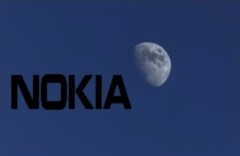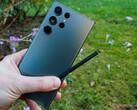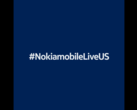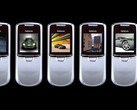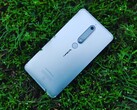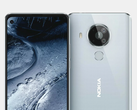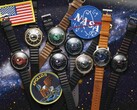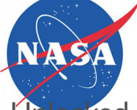NASA had earlier outlined plans to return to the moon, this time going so far as to project that its oneday base will be staffed by its astronauts by 2028. Now, the Administration has announced which companies and manufacturers have been chosen to research and develop hardware to be used on the lunar surface in the pursuit of this goal.
This process has also revealed that the telecommunications technology involved in this endeavor could well be based on 4G/LTE, and that Nokia is the OEM that will provide it. The resulting 'lunar cellular network' might "support lunar surface communications at greater distances, increased speeds and provide more reliability than current standards", according to NASA. It may be intended to connect landers, astronauts, spacecraft and rovers as well as the planned base.
To this end, the OEM's new project to adapt 4G/LTE for lunar purposes and conditions will go ahead funded by NASA. It has been awarded US$14.1 million of the authority's $370 million budget for the overall lunar initiative. Currently, it is slated to kick off with the Artemis panel of launches, which are planned to begin in 2024.


 Deutsch
Deutsch English
English Español
Español Français
Français Italiano
Italiano Nederlands
Nederlands Polski
Polski Português
Português Русский
Русский Türkçe
Türkçe Svenska
Svenska Chinese
Chinese Magyar
Magyar